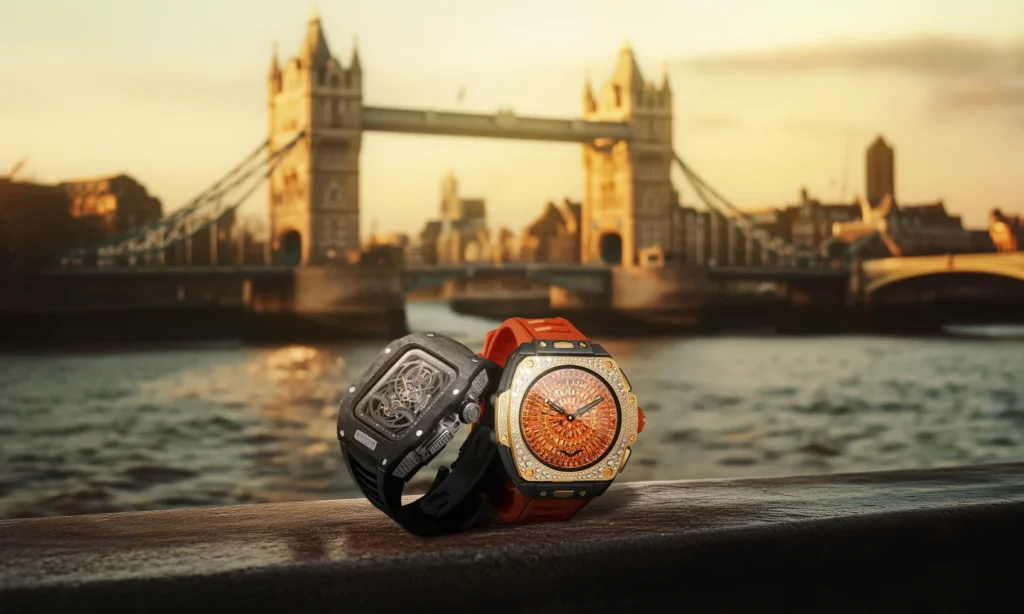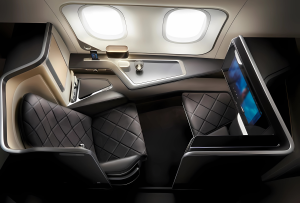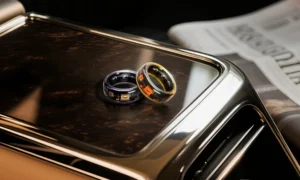The appeal of a fitness tracker is its freedom: the ability to monitor your steps, heart rate, and workouts without being tied to a bulky device. The question, “Do fitness trackers need a smartphone?” is common for minimalists, outdoor enthusiasts, and athletes who prefer to leave their phones at home.
The short answer is: No, not necessarily for core tracking, but yes for setup and long-term data analysis.
Modern standalone fitness trackers and GPS smartwatches are powerful enough to record an entire workout—including GPS-tracked runs and heart rate data—completely on their own. However, a smartphone is typically essential for initial setup, firmware updates, and most importantly, viewing your historical trends and actionable insights.
Key Takeaways: Tracker Dependency at a Glance
| Functionality | Phone Required? | Device Capability (Example) | Core Selling Point |
| Initial Setup/Activation | YES (Almost always) | Pairing with a companion app (Fitbit, Garmin Connect) | Essential for time, date, and user profile sync. |
| Basic Activity Tracking | NO | Step counting, heart rate, distance (on-device display) | Accelerometers store raw data internally. |
| GPS Tracking (No Phone) | NO (If built-in GPS) | Garmin Forerunner, Fitbit Charge 6 | Allows accurate route mapping and distance without “Connected GPS.” |
| Data Sync/Analysis | YES | Transferring stored workout data to the cloud app | Necessary for long-term charts, trends, and recovery insights. |
| Notifications/Music | YES (Bluetooth range) | Receiving texts, Spotify offline playback sync (with Wi-Fi) | Smart features require ongoing connectivity. |
Segment 1: Standalone Tracking—What Works Without a Phone?
Many people search for a fitness tracker without phone dependency so they can run, swim, or hike distraction-free. The good news is that the core features of almost every fitness band and smartwatch are designed to function independently for a significant period.
- Internal Storage of Data: Every standalone fitness tracker is equipped with internal memory to log all activity data: step count, active minutes, heart rate readings, and sleep stages. Most devices can store several days, and often weeks, of data before needing a sync.
- Built-in GPS: High-end trackers and sports watches (like the Garmin Forerunner series or Fitbit Charge 6) feature built-in GPS. This crucial feature allows the device to accurately map your outdoor route, calculate distance, and determine pace without drawing location data from your smartphone. This is the core selling point for athletes who want true freedom while maintaining data accuracy.
- On-Device Display: You can see real-time metrics—pace, distance, heart rate zone, and current time—directly on the tracker's screen during your activity. No phone required.
Insight: If your primary goal is to track a single workout (like a run or bike ride) and view basic stats during the activity, a high-quality fitness tracker with built-in GPS makes the smartphone optional.
Segment 2: Where the Smartphone Becomes Essential (The Sync Barrier)
While a tracker can collect data solo, the smartphone is the command center for data analysis, configuration, and long-term health monitoring. This is the “must-sync” hurdle for all users.
- Initial Setup and Configuration: Nearly all major brands (Fitbit, Garmin, Apple, Samsung) require an initial connection to a smartphone app to set the correct time, date, user profile (age, weight), and key settings (like alarm times or watch faces). Without this one-time setup, the device will be non-functional or severely limited.
- Data Synchronization and Trend Analysis: The raw data stored on the tracker is meaningless until it's transferred to the companion app (e.g., Garmin Connect, Fitbit App). The app provides the profound insight the user truly seeks: long-term charts, trends, recovery scores (like Body Battery or Readiness Score), and detailed sleep breakdown. If you never sync, your data remains stuck on the tracker until the memory is full and the oldest data is overwritten.
- Firmware and Feature Updates: Essential updates for performance, bug fixes, and new features (like ECG or new sports profiles) are almost exclusively delivered via the smartphone app.
Actionable Advice: Plan to sync your activity tracker at least once every few days to prevent data loss and ensure you are viewing the most up-to-date health tracking insights.
Segment 3: Top Standalone Fitness Trackers for Ultimate Freedom
For users prioritizing independence, look for devices explicitly advertised with “Built-in GPS” and “Music Storage.” These are the best options for true fitness trackers that work without a phone.
| Model | Type | Built-in GPS | Music Storage (Offline) | Recommended User |
| Garmin Forerunner 265 | GPS Smartwatch | YES | YES (Spotify, Deezer) | Serious Runners & Triathletes who need accurate, off-grid tracking. |
| Fitbit Charge 6 | Advanced Tracker | YES | NO (Uses Connected GPS for Google Maps) | Best blend of small form factor and standalone GPS capability for basic workouts. |
| Apple Watch SE (Cellular) | Smartwatch | YES | YES (Apple Music, Podcasts) | User prioritizing safety (Emergency SOS) and calls without carrying a phone. |
| COROS Pace 3 | GPS Smartwatch | YES (Dual-Frequency) | YES | Endurance athletes needing industry-leading battery life with GPS. |
Recommended Audiences for Standalone Tracking
- The Minimalist Runner: Values the ability to track a run perfectly with built-in GPS and stream offline music via Bluetooth headphones, leaving the large, distracting smartphone at home.
- The Digital Detox Seeker: Uses the standalone fitness tracker as a tool to collect health data during workouts and sleep, while intentionally disconnecting from notifications and screen time.
- The Water/Outdoor Sports Enthusiast: Needs a device that is rugged, waterproof, and can track metrics (like open water swim distance) without any reliance on a nearby phone signal.
FAQ: Your Freedom and Data Questions Answered
Q1: If I use a fitness tracker without a phone for a week, will I lose my data?
Scenario: You are on a week-long digital detox retreat and leave your phone behind.
Answer: No, you generally will not lose your data. Most activity trackers have ample internal storage, typically enough to hold several weeks or even months of activity data. However, you must sync the device to your phone app after the trip to prevent the oldest data from eventually being overwritten and to see your comprehensive health tracking reports.
Q2: Can I listen to music on my run without my phone?
Scenario: You want to use your standalone fitness tracker for a phone-free run with music.
Answer: Yes, but you need a tracker with two key features: 1) Internal Music Storage (or offline streaming capability from services like Spotify or Amazon Music), and 2) Bluetooth Headphone Connection. Devices like the Garmin Forerunner 265 or high-end Apple Watch models support this capability, letting you enjoy your run with your favorite tunes, completely phone-free.
Q3: What is “Connected GPS” and why is it inferior to built-in GPS?
Scenario: You are comparing a cheap tracker with “Connected GPS” to a premium model with built-in GPS.
Answer: Connected GPS means the tracker itself does not have a GPS chip. It relies entirely on your nearby smartphone's GPS chip for location data. If you leave your phone at home, the tracker can only estimate distance based on accelerometer and stride length data, which is less accurate. Built-in GPS allows the device to function as a true standalone fitness tracker, mapping routes and calculating distance with high accuracy, regardless of whether your phone is present.









